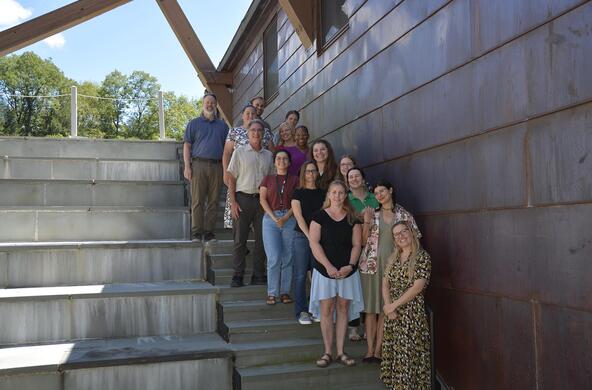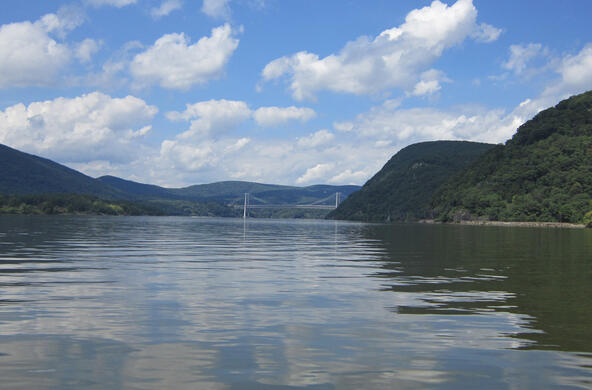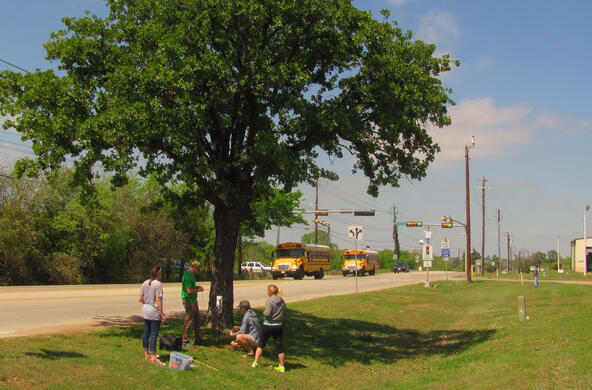The forest, normally filled with the chorus of calling frogs, falls silent. Something drops from the trees. And then another. Dead frogs are falling from the canopy. You look at a beautiful blue frog on the ground, and its skin is sloughing off. Then you see another frog just like it. Hundred of frogs are dying all around you.
This sounds like the stuff of science fiction, but it’s happening all over the world. Millions of frogs are being killed by a fungal disease called Batrachochtytrium dendrobatidis (Bd). Recent research suggests that Bd, in combination with habitat destruction, and other stressors, will cause unprecedented amphibian loss. Some 40 percent of species are already suffering, with at least 200 frog species experiencing dramatic declines and/or extinction.
Areas that harbor the greatest diversity appear most vulnerable. In an area in Panama, just five months after Bd arrived, 50 percent of the frog species were regionally extinct. And in some of the hardest hit areas, like the cloud forests of Central America, many species are extinct in the wild.
Scientists all over the world have been scrambling to find out where this deadly frog killing fungus came from, in hopes of stopping its spread, increasing our understanding of disease emergence and discovering a cure. New scientific evidence on Bd’s origins makes the story seem even more like something out of science fiction.
An international team of scientists has found that frogs are succumbing to a hypervirulent form of Bd that arose when two less threatening strains — from far off places — interbred. In nature, these strains would never have come in contact. But the pet industry and global trade created the perfect storm for magnifying and spreading the killer fungus.
In 2008, I traveled to Panama to conduct research on a tropical stream that, two years prior, was bustling with tadpoles and surrounded by a forest filled with frogs. Remote and difficult to access, the site gave the impression of a place not touched by the larger world. On my visit, I was surrounded by beautiful sights — tropical trees, toucans and butterflies of all kinds. But the forest was silent. There were no frogs, no frog eggs, no tadpoles in the stream and no snakes that eat the frog eggs that hang from wet leaves.
The team I worked with tried to impress upon me what was lost. I tried to envision the site as it was, just two short years before, with swimming tadpoles and the cacophony of frogs. I looked at photos. I listened to stories. I tried to imagine.
To see living examples of the frogs that used to fill the forest, I had to go indoors — to a facility that is part of the Panama Amphibian Rescue and Conservation Project. Everything that enters the building is bleached to ensure that the killer fungus stays out. Frogs rescued from the forest were living in sterile tanks. Beautiful blue, yellow, red and green animals looked back at me from their modern-day arks, as an international team of scientists worked to encourage them to breed in captivity in the hopes of one day reintroducing them into the wild.
The global wildlife trade is staggering: between 2000 and 2006, more than 1.4 billion live animals were imported by the United States. A large portion of thse animals were destined for the pet trade. Hypervirulent Bd is just one example of how uncontrolled wildlife trade destroys nature.
Our desire to keep frogs in cages has made it necessary —for their very survival —to keep them in cages. This is not science fiction, but reality. And we need to do much better.







